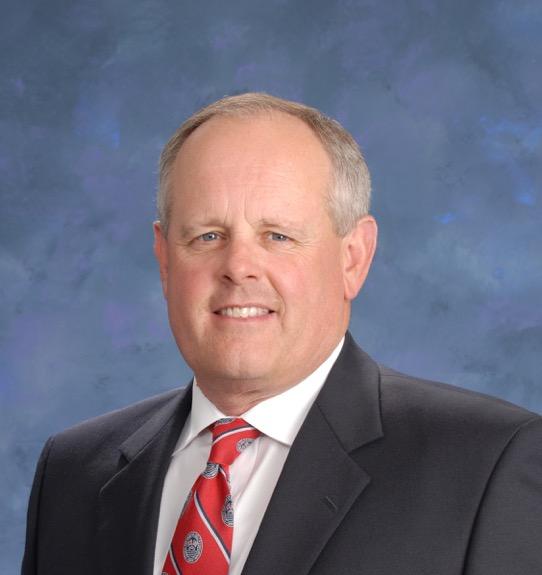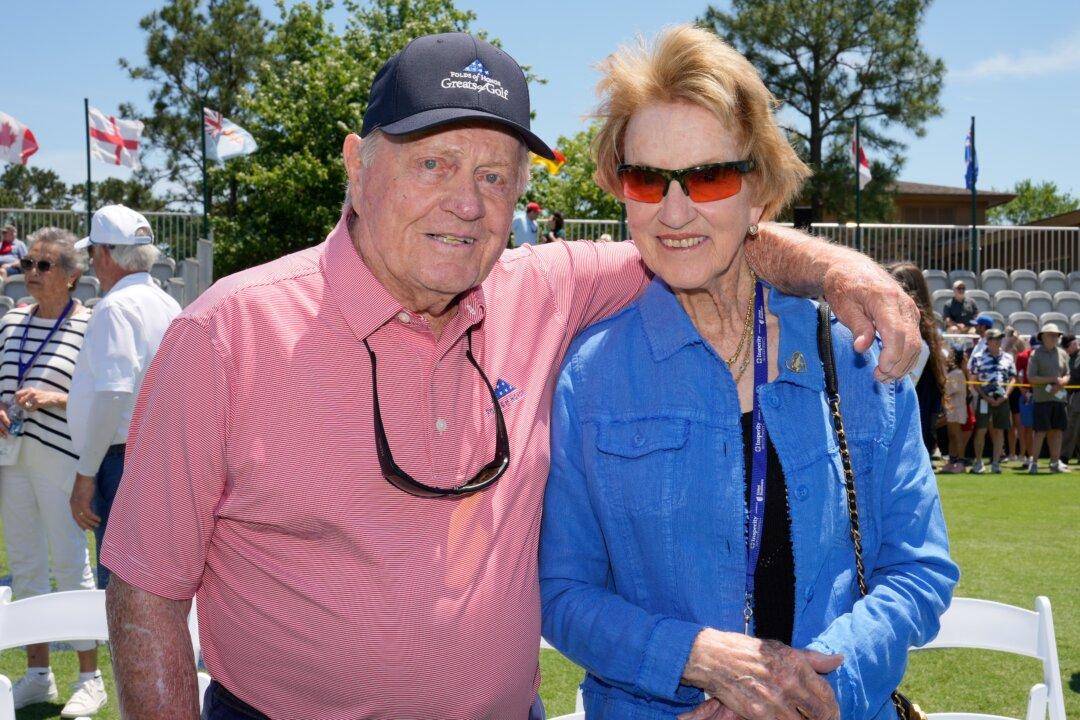The 81st Masters commences Thursday, April 6. Four leading golf course architects weigh in on what lies “Behind the Architectural Curtain” at Augusta National Golf Club.
John Fought, John Fought Design
Involved with more than 65 projects throughout North America, his courses have hosted for more than 70 national championships, including three U.S. Women’s Opens. Fought is the 1977 U.S. Amateur champion, played in the 1977 Walker Cup, and is a two-time PGA Tour winner.
Dana Fry, President Fry Straka Global Golf Design
Worked for Tom Fazio Golf Design from 1983 to 1988, Hurdzan Fry Environmental Golf Design from 1988 to 2012, and has been working for Fry Straka Global Golf Design since 2012 . Among his most acclaimed designs are Wade Hampton, Black Diamond, Devil’s Pulpit and Paintbrush, Calusa Pines, Shelter Harbor, Naples National, and the 2017 U.S. Open site Erin Hills.
Philip Christian Spogárd, Principle at Spogárd & Vander Vaart Golf Course Architects
Practicing 12 years with offices in Denmark and the Netherlands. Among the most noted designs include Golfbaan Stippelberg in the Netherlands which won Golf Inc. magazine’s, “Development of the year 2011.” Main focus is on renovating / restoring historic top courses in Europe and has worked on projects in more than 15 countries on 4 different continents.
Christian Lundin, Principle Golf Course Architect, Henrik Stenson Golf Design
In 2008, started (re)GOLF as a boutique golf course design service with offices in Scandinavia, North America, the British Isles, and Ireland. Joined Henrik Stenson in his golf design venture for the last few years. His most notable courses include Volkswagen Golarena, Salvesborgs Golfklubb and Ekerum Golf Resort in Sweden.
M. James Ward: If contacted by Augusta National what specific design element would you add or take out and why?
John Fought: I’ve never liked the bunkering. It’s too round and perfect and needs a much more natural look around the shapes and edges. Look at old photos and clearly the bunkering was much more natural and interesting.






